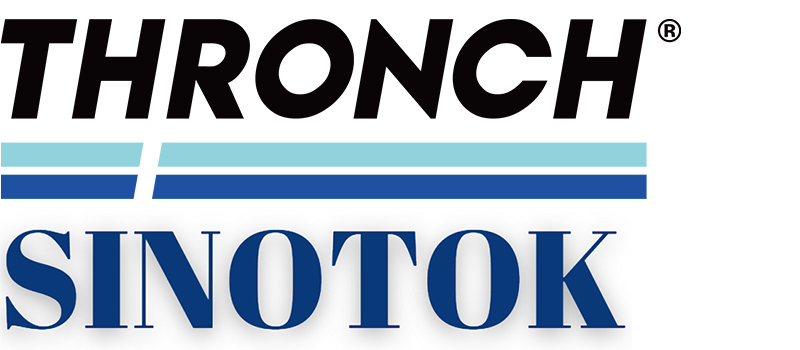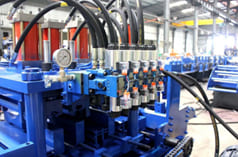What is roll forming process? roll forming machine?
Roll forming, also spelled roll-forming or rollforming, is a type of rolling involving the continuous bending of a long strip of sheet metal (typically coiled steel) into a desired cross-section. The strip passes through sets of rolls mounted on consecutive stands, each set performing only an incremental part of the bend, until the desired cross-section (profile) is obtained. Roll forming is ideal for producing constant-profile parts with long lengths and in large quantities.
A roll forming machine (or metal forming machine) fabricates specific configurations out of long strips of metal, most commonly coiled steel. In most applications, the required cross-section profile of the piece is specifically designed for the machine to bend the metal as necessary. Other than roll forming, these machines perform a number of metalworking duties, including material cutting and roll punching. Roll forming machines, for the most part, work in a continuous cycle. The material is fed into the machine where it continuously makes its way through the stages of each operation, ending with the completion of a final product.
Roll Forming Basics and the Roll Forming Process
The basic roll forming machine has a line that can be separated into four major parts. The first part is the entry section, where the material is loaded. The material is usually inserted in sheet form or fed from a continuous coil. The next section, the station rollers, is where the actual roll forming takes place, where the stations are located, and where the metal shapes as it makes its way through the process. Station rollers not only shape the metal, but are the main driving force of the machine.
The next section of a basic roll forming machine is the cut off press, where the metal is cut to a pre-determined length. Due to the speed at which the machine works and the fact that it is a continuously working machine, flying die cut-off techniques are not uncommon. The final section is the exit station, where the finished part exits the machine onto a roller conveyor or table, and is manually moved.

